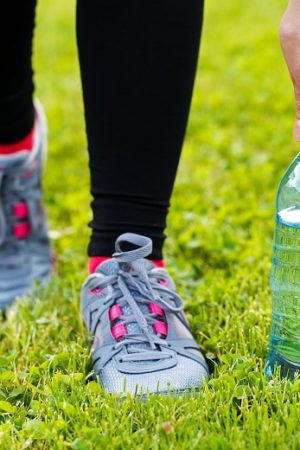“Tennis is a sport requiring intermittent of both high intensity and low intensity spurts through the game’’
Tennis is a sport requiring intermittent of both high intensity and low intensity spurts through the game therefore requiring energy supply from both aerobic and anaerobic means, with major reliance on anaerobic component.
The aerobic energy processes derive energy from muscle glycogen, blood glucose, and fat and to lesser extent, protein, while on the other hand the anaerobic processes are solely reliant on muscle glycogen to derive energy. The increase demand of muscle glycogen requires the consumption of high amount of carbohydrates diet both before exercise and carbohydrate-containing beverages during exercise to significantly improve intermittent performance.
Therefore pre-game meal is important to maintain constant energy balance and therefore players are advised to consume starchy, easily digested snacks like a slice of cottage cheese or vegetable sandwich or high fiber crackers.
If tennis is played in hot and humid climate like in India, the players should maintain a adequate fluid intake to sustain the sweat rate and blood volume. All breaks that occur as a result of time outs should be utilized to replenish fluid and carbohydrates loss for glycogen and muscle recovery and also to prevent dehydration.
During exercise, athletes should consume a beverage that provides about a 6% carbohydrate solution and a sodium concentration of between 100 and 200 milligrams per cup. This dilution can be made by, adding 15 g sugar, ¼ tea spoon salt per liter of liquid. Post game intake is also important and athletes should consume approximately 350 calories from carbohydrate and protein mix snacks during first 30 minutes following exercise as glycogen synthase activity is at peak.
Combing a high quality protein like whey protein or egg or peanut along with carbohydrate and adequate fluid will reduce muscle soreness and improve muscle recovery.






